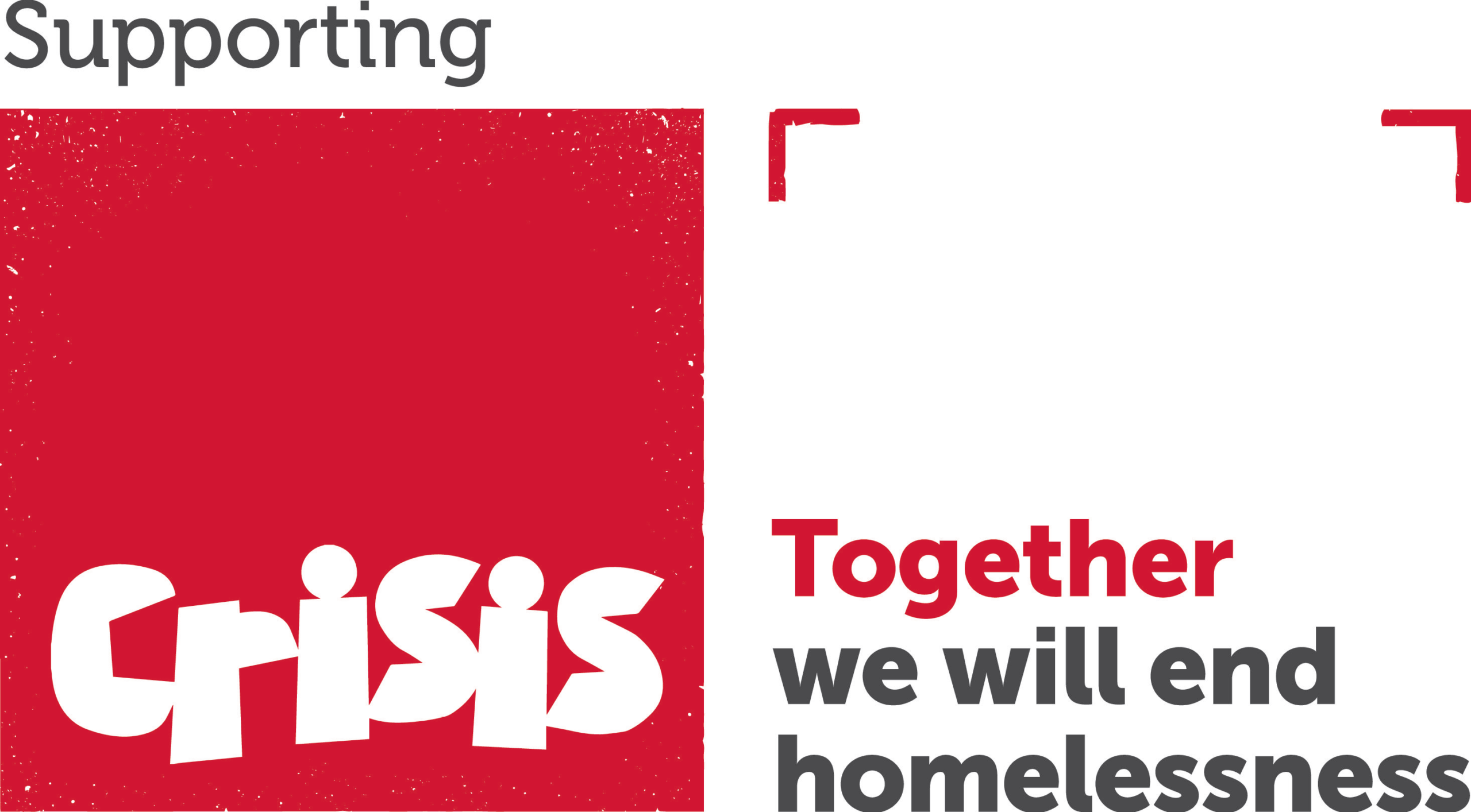What looked as if it would be a winning formula for Canada Water in the Eighties — plenty of low-rise housing, an out-of-town-style shopping centre and a drive-to leisure park — now looks hopelessly dated and very bedraggled.
It is why Canada Water is one of the Mayor of London’s Opportunity Areas, ripe for investment and development.
And it is why the map of this Docklands neighbourhood, only one stop from Canary Wharf, is being torn up and will be redrawn afresh over the next 15 years with thousands of new homes, a new King’s College London campus, a proper high street and new green spaces.
Canada Water and other local names including Greenland Dock, Quebec Way, Finland Street and Norway Gate reflect the area’s history, when its docks were at the centre of the timber trade.
Now the name of the game is regeneration, with Roger Madelin, who led the transformation of King’s Cross, now in charge of property company British Land’s £2 billion plans to give Canada Wharf the town centre it clearly needs.
British Land expects to put its proposals before the local planning committee this spring, with building work starting next year.
In the meantime, new flats are being built along Quebec Way, while Sellar — the group behind The Shard — and Notting Hill Housing are getting on with redeveloping the Decathlon site overlooking Canada Water, and King’s College London has broken ground on its new campus at the former Mulberry Business Park in Canada Street.
The Decathlon site development offers more than 1,000 new homes including a 40-storey tower, plus new shops and waterside cafés and restaurants, a flagship Decathlon sports gear store, a cinema and health centre and new community sports facilities, all spread over five new buildings, with the creation of two new green spaces.
Top architects Maccreanor Lavington and David Chipperfield are involved in the design.
King’s College London is forecasting a 15 to 20 per cent increase in students and in five years’ time, some will be studying at a new £400 million campus in Canada Water and living in one of the new student flats that are being built to house them.
The British Land scheme takes in the area to the east and south of Canada Water. Here, the final plans include knocking down the Surrey Quays shopping centre, the nearby leisure park and parts of the giant former Daily Mail & General Trust printworks, where Homes & Property and the Evening Standard were printed for years, and replacing them with 3,500 homes, a new high street linking Canada Water and Surrey Quays stations, leisure and community facilities and a series of new routes through the neighbourhood.
Only four miles from central London, Canada Water is better connected to Canary Wharf and the City. Canada Water Tube is one stop away from Canary Wharf on the Jubilee line and one stop away on the Thames Clippers ferry service from Greenland (Surrey Quays).
Canada Water is five stops away from Shoreditch High Street on the Overground and it’s three stops to London Bridge City on Thames Clippers.
It sits between the Thames and Rotherhithe to the north; the Isle of Dogs and Canary Wharf across the river to the east; Deptford and New Cross to the south and Bermondsey to the west.
Estate agent Scott West, from the Canada Water branch of Kinleigh Folkard & Hayward, says these fast connections attract young professionals who like the ease of living in a well-managed block of flats at a stage in their life when they’re prioritising their careers.
The district also offers value for money, with price per square foot around £750 compared with £1,000-plus in the better-known Docklands areas of Shad Thames and Wapping.
Scott West also points to the potential of a new pedestrian and cycling bridge from Rotherhithe to Canary Wharf. Transport for London is currently consulting on the proposal, with designs likely to emerge next year.
